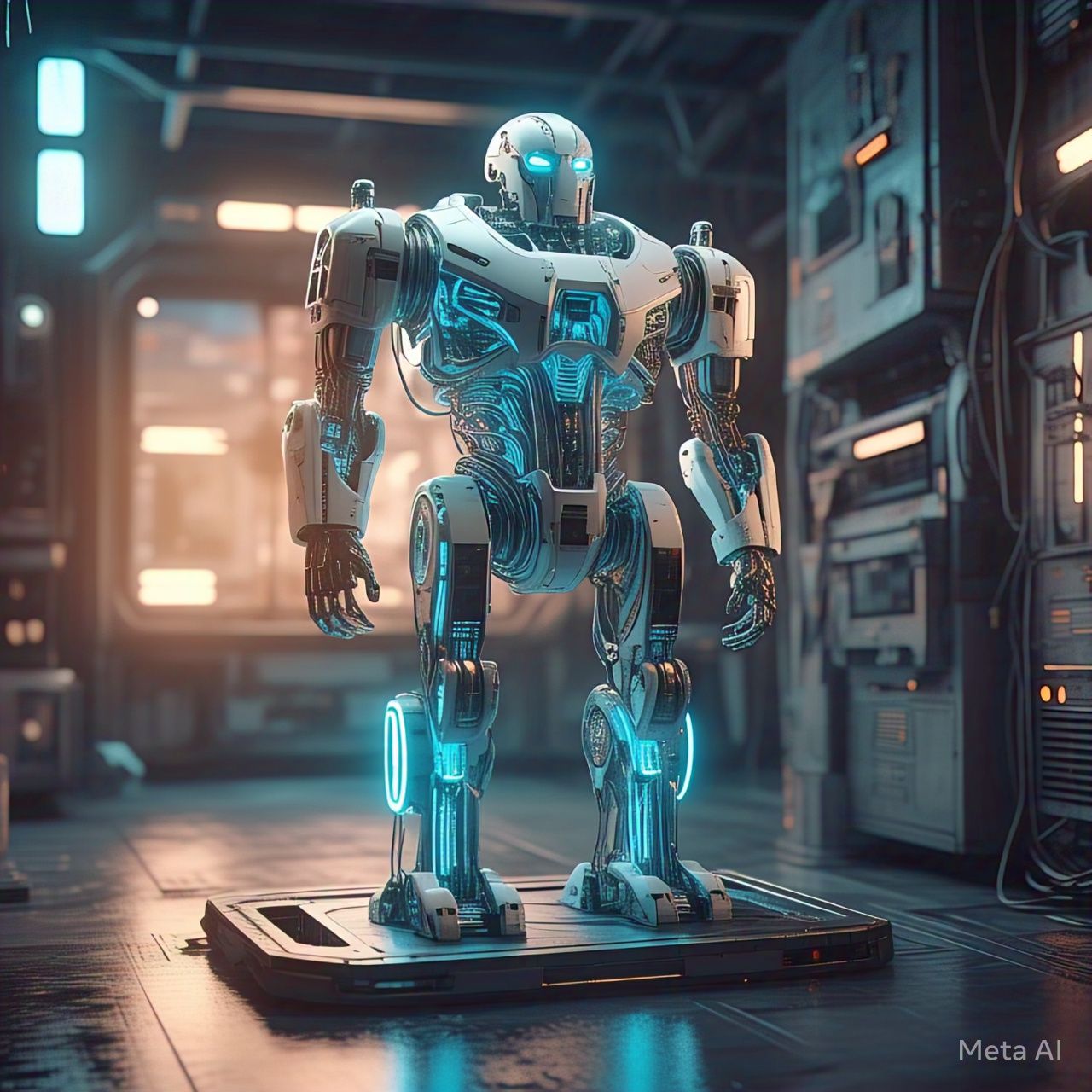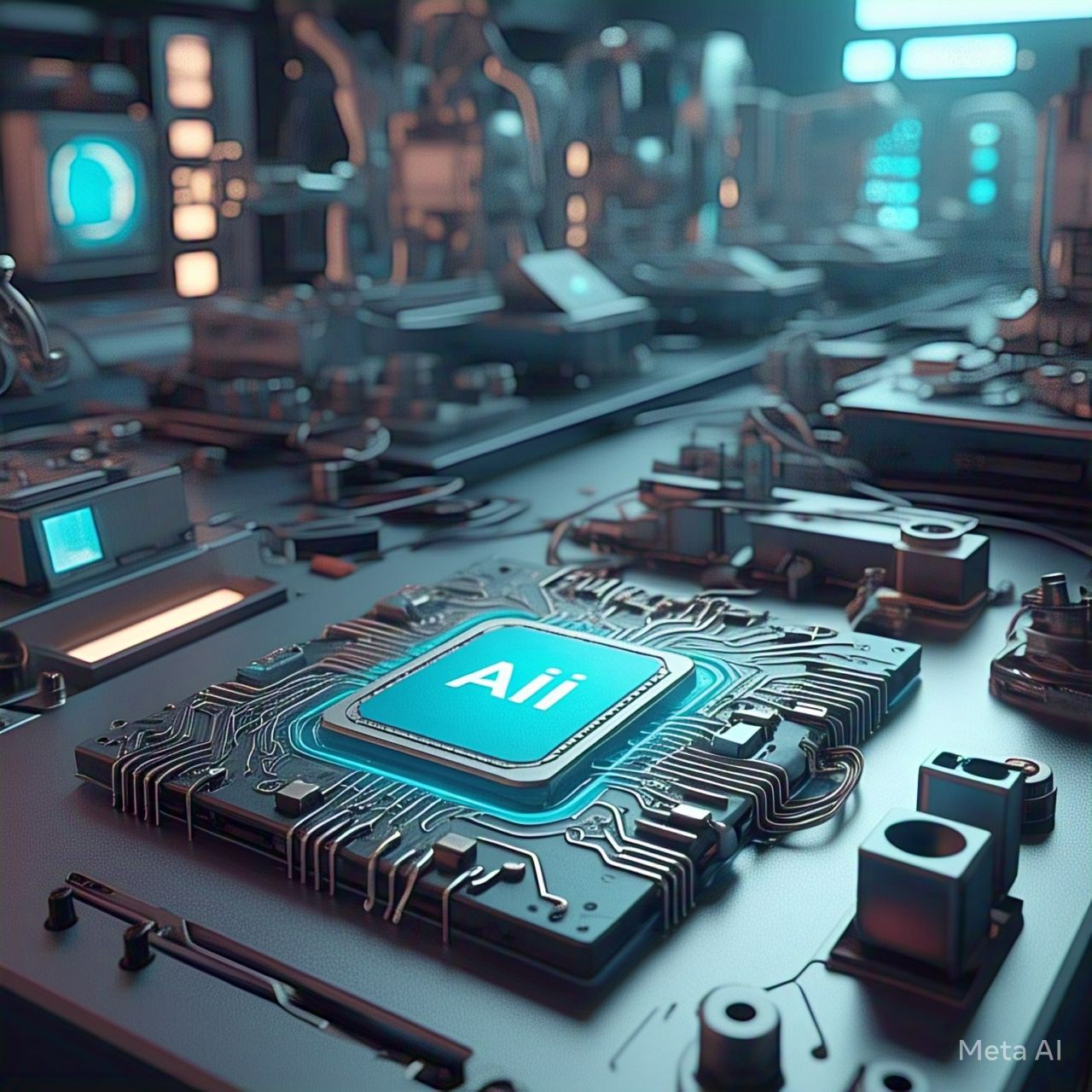Table of Contents
- Introduction
- Understanding AI in Robotics
- Key AI Technologies Powering Robotics
- How AI is Transforming Automation
- Applications of AI in Robotics
- Benefits of AI in Robotics
- Challenges and Limitations of AI in Robotics
- Future Trends in AI and Robotics
- Ethical Considerations in AI-Driven Robotics
- Conclusion
- FAQs
- References
Introduction
Artificial Intelligence (AI) and robotics are reshaping industries, automating tasks, and revolutionizing productivity. AI-powered robots are no longer confined to science fiction; they are actively deployed in manufacturing, healthcare, logistics, and even personal assistance. This article explores how AI is transforming automation, key technologies involved, applications, benefits, challenges, and future trends.
Understanding AI in Robotics
AI in robotics refers to the integration of machine learning algorithms, computer vision, and natural language processing into robotic systems, enabling them to perform complex tasks autonomously. Unlike traditional programmed robots, AI-driven robots learn from their environment, adapt to new scenarios, and make intelligent decisions.
Key AI Technologies Powering Robotics
Several AI technologies play a crucial role in robotics:
| AI Technology | Functionality |
|---|---|
| Machine Learning (ML) | Enables robots to learn from data and improve performance over time. |
| Deep Learning | Enhances robots’ ability to recognize patterns, objects, and speech. |
| Computer Vision | Allows robots to interpret and analyze visual information. |
| Natural Language Processing (NLP) | Enables robots to understand and respond to human language. |
| Reinforcement Learning | Helps robots improve decision-making through trial and error. |
How AI is Transforming Automation
AI-driven robotics is revolutionizing automation in several ways:
- Smart Decision-Making: AI-powered robots analyze data in real time and make intelligent decisions without human intervention.
- Predictive Maintenance: AI detects potential failures in machinery before they occur, reducing downtime.
- Autonomous Operations: Robots powered by AI can perform tasks such as warehouse sorting and self-driving logistics.
- Human-Robot Collaboration: AI allows robots to work alongside humans, increasing efficiency and safety.
Applications of AI in Robotics
AI-powered robots are deployed across various industries:
1. Manufacturing
- AI-driven robotic arms improve production efficiency.
- Automated quality control detects defects in real time.
- Smart inventory management reduces operational costs.
2. Healthcare
- AI-powered surgical robots assist in precision surgeries.
- Robotics enhance elderly and disability care.
- AI chatbots streamline patient interactions.
3. Logistics and Warehousing
- AI robots optimize warehouse operations and inventory tracking.
- Autonomous drones and delivery robots improve last-mile delivery.
- Smart packaging systems increase efficiency.
4. Agriculture
- AI robots automate planting, harvesting, and crop monitoring.
- Drones powered by AI assess crop health and optimize irrigation.
5. Defense and Security
- AI-powered drones enhance surveillance and threat detection.
- Autonomous robots perform hazardous tasks, reducing risks to human soldiers.
6. Retail and Customer Service
- AI chatbots handle customer inquiries and provide recommendations.
- AI-powered humanoid robots enhance in-store experiences.
Benefits of AI in Robotics
The integration of AI in robotics offers numerous advantages:
- Increased Efficiency: Robots can operate 24/7 with minimal downtime.
- Cost Reduction: Automation reduces labor costs and improves operational efficiency.
- Enhanced Precision: AI-driven robots perform tasks with high accuracy.
- Workplace Safety: Robots handle dangerous tasks, reducing workplace injuries.
- Scalability: AI-powered robots adapt to changing business demands.
Challenges and Limitations of AI in Robotics
Despite its potential, AI in robotics faces several challenges:
1. High Development Costs
Developing AI-driven robotic systems requires substantial investment in research, software, and hardware.
2. Data and Training Requirements
AI robots rely on vast datasets for training, and poor data quality can impact performance.
3. Ethical and Job Displacement Concerns
AI-driven automation raises concerns about job losses and the ethical implications of autonomous robots.
4. Security Risks
AI-powered robots are vulnerable to cyberattacks, which could compromise their operations.
5. Regulatory and Compliance Issues
The adoption of AI in robotics requires clear regulations to ensure safety, transparency, and accountability.
Future Trends in AI and Robotics
The future of AI-powered robotics is promising, with several key trends emerging:
1. Collaborative Robots (Cobots)
Cobots designed to work alongside humans will enhance workplace productivity.
2. AI-Powered Humanoid Robots
Advancements in AI will enable humanoid robots to assist in various sectors, including hospitality and healthcare.
3. AI and Edge Computing
Robots will process data locally rather than relying on cloud computing, reducing latency.
4. Autonomous Vehicles
AI-powered self-driving robots and vehicles will revolutionize transportation and logistics.
5. AI-Driven Emotional Intelligence
Future robots will develop enhanced emotional intelligence to interact more naturally with humans.
Ethical Considerations in AI-Driven Robotics
The rapid advancement of AI in robotics brings ethical concerns:
- Transparency: AI algorithms should be explainable and free from bias.
- Job Displacement: Policies should address workforce transitions caused by automation.
- Security Measures: Strong cybersecurity protocols are needed to prevent AI-driven robot manipulation.
- Data Privacy: Robots collecting personal data must comply with privacy regulations.
Conclusion
AI is transforming robotics and automation, driving efficiency, precision, and innovation across industries. While AI-powered robots offer immense benefits, challenges such as ethical concerns, security risks, and high development costs must be addressed. As technology advances, AI and robotics will continue to revolutionize automation, making processes smarter, safer, and more efficient.
FAQs
1. How is AI used in robotics?
AI is used in robotics for machine learning, computer vision, natural language processing, and autonomous decision-making.
2. What industries benefit the most from AI-powered robotics?
Industries such as manufacturing, healthcare, logistics, agriculture, and security benefit from AI-driven robotics.
3. What are the biggest challenges in AI robotics?
Challenges include high development costs, data privacy concerns, ethical issues, and security vulnerabilities.
4. What is the future of AI in robotics?
The future includes collaborative robots, AI-powered humanoid robots, edge AI, and autonomous vehicles.
5. How can businesses ensure ethical AI robotics implementation?
Businesses should prioritize transparency, data security, regulatory compliance, and workforce transition planning.
References
- McKinsey & Company. “AI and Robotics: The Future of Automation.” [Online].
- Gartner Research. “Emerging Trends in AI-Driven Robotics.” [Online].
- Harvard Business Review. “The Impact of AI on Robotics and Workforce Transformation.” [Online].




